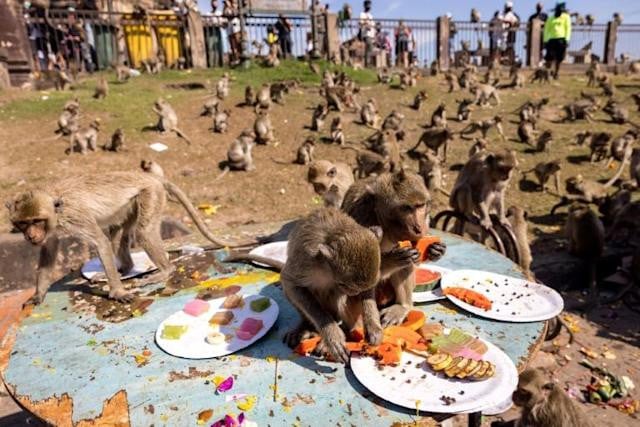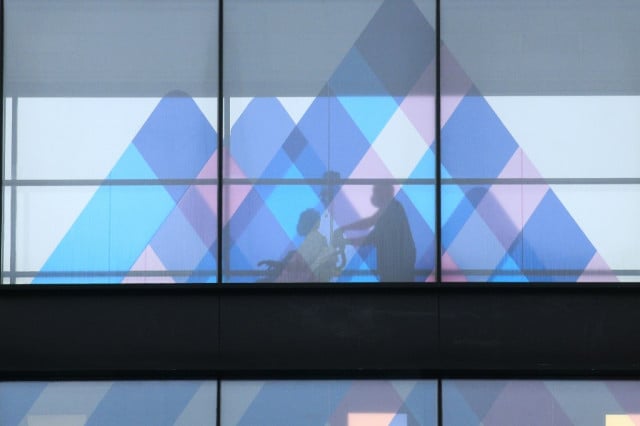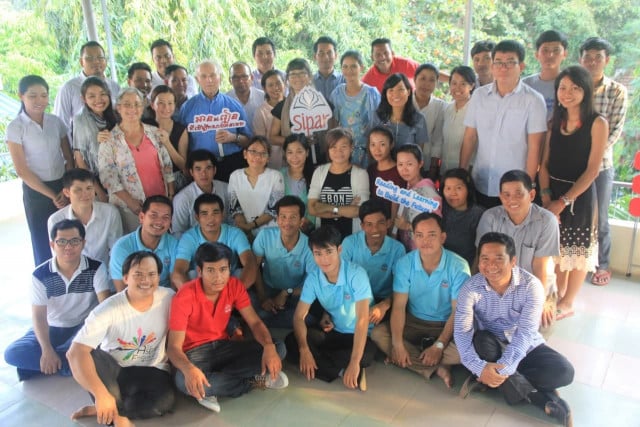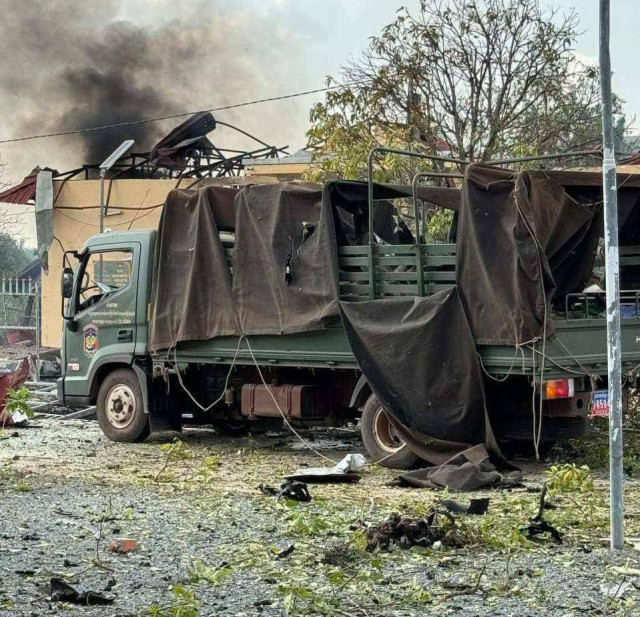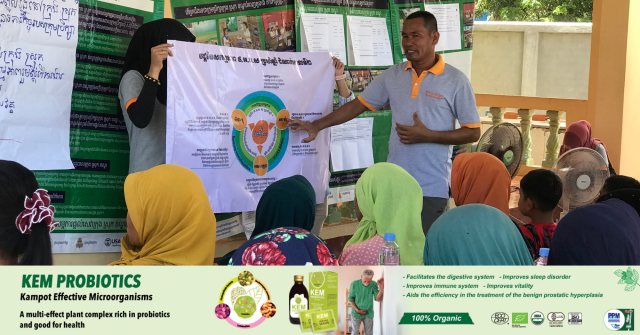Siem Reap: Human Rights or Temple Rights?
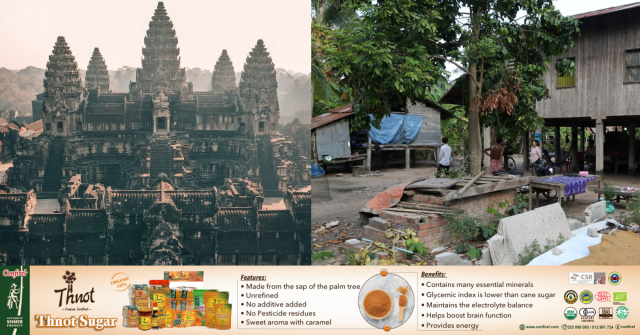
- By Seam Reab
- December 23, 2023 7:00 PM
Siem Reap - A number of discussions have recently and heatedly emerged around the changes of human settlement from the Angkor Archaeological Park to two new developed areas in Siem Reap province.
Run Ta Ek village and Peak Sneng village, both about 40 kilometres away from the Angkor Park, have become the centerpoint of debate between the idea of “relocation” and “eviction” when it comes to dealing with the universal value of Cambodia’s most recognizable ancient sites.
Based on the comments from heritage experts, this changes of human settlement will rescue the Angkor Park from being demoted back to the status of World Heritage in Danger as it was before 2004. On the contrary, a number of civil societies, domestic and international, as well as some Cambodian people express dissatisfaction with this occurrence.
As I myself am a humble Cambodian citizen who is emotionally attached to my country’s heritage and especially the Angkor Park itself, it is quite important to firstly understand the context of the words in use.
“Eviction” has been the choice of word used by those who do not favour the changes of human settlement while “relocation” counters the previous idea.
So, why did the relocation occur in the first place? How would one approach the balance between the life of the heritage and the life of the people?
For the past decade, due to economic and other related reasons, a huge number of people had settled illegally on the protected land of the Angkor Park which covers around 401 square kilometres. Apart from the large temples that are still healthily standing, the protected land also contains many undiscovered artefacts and ancient structures waiting to be studied by researchers.
According to the Angkor Charter, a rulebook created by many important stakeholders designed to manage the Angkor Park, it does not allow the influx of human settlement on this world heritage site. This action is illegal and it destroys the universal value of Angkor which became a World Heritage Site on December 14, 1992 even before a properly-unified Cambodian government was formed in 1993.
Signed during the 16th session of the World Heritage Committee in Santa Fe, California, under the initiative of the late King Norodom Sihanouk, UNESCO is bound to have some level of important responsibilities on the Angkor Park.
With this, specialised agencies of UNESCO have extended their warning several times to the APSARA National Authority and to the government of Cambodia on the matter of illegal human settlement which interfere with the effort to preserve the Angkor Park for generations to come.
In many of the places, these squatters were living without land title, without clean water and without proper waste management cramped together in tight spaces difficult to manage during emergencies.
When talking about the idea of human rights, it seems that living in this kind of condition provides no dignity for these people.
Others have expressed criticism of the government, mentioning Run Ta Ek village's lack of proper facilities to sustain good living conditions. In reality, many facilities have already been constructed and many more are emerging such as roads, clean water, electricity, sewage systems, schools, hospitals, pagodas, markets, public parks etc. One should also understand that these things take time to build and maintain consistency.
Before the recent pandemic which wrecked the world economy for several years straight, the Angkor Park was the bread and butter for Cambodia, receiving millions of tourists annually. Rescuing Angkor Park’s universal value also means rescuing our economy.
Angkor is sacred. It has a deep emotional connection to the people. For centuries, if not millennia, Angkor has always been a place where people share their feeling of happiness and sadness. In return, Angkor also shares with us its history, downfall and glory. One should treat each stone as a living being, a dedication, love and effort created by our ancestors of the past through who knows how much blood, tears and sweat.
At the same time, one should also encourage people to live with a sense of dignity, an ability to own their legal land and a means to access basic human needs such as clean water and other sanitation.
I would like to see everyone having the respect that the temples deserve and to not interfere with them within their protected boundary.
People and temples all have their own rights.
Posted in Khmer language on ThmeyThmey News, the opinion was translated by Ky Chamna for Cambodianess News.






